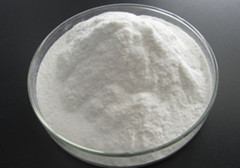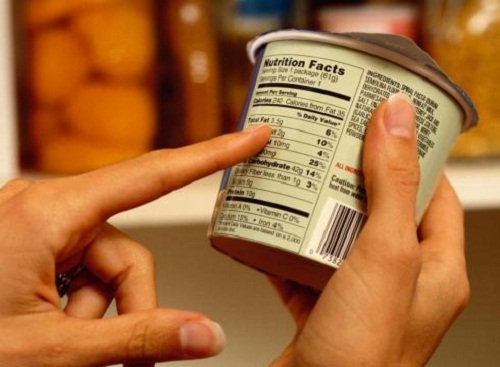MCC as Directly Compressible Filler: MCC is the most compressible of all the direct compression fillers and has the highest dilution potential and capacity, which is defined as the amount of active ingredient that a diluent can successfully carry in the direct compression technique. [4] This can be explained on the basis of the nature of MCC particles themselves, which are held together by hydrogen bonds in the same way that a paper sheet or an ice cube is bonded. Hydrogen bonds on adjacent cellulose molecules account solely for strength and cohesiveness. MCC particles are deformed plastically under compaction forces to yield an extremely large number of clean surfaces brought in contact during this deformation forming a strong compact even under low compression forces. [5]
Another factor of MCC being the most favorite diluent is its low bulk density. An excipient with low bulk density and large particle size distribution will exhibit a high dilution potential on a weight basis, optimum packing density, and coverage of drug and other excipient materials. [4]Avicel grades (Avicel PH-102 SCG, Avicel HFE-102, Avicel PH-200, Avicel PH-302) provide excipient solutions to many challenges of direct compression formulations including improved flow, better compressibility, and accommodation of moisture-sensitive actives. [6]Overall, as direct compression filler, Avicel promotes efficient dry blending of ingredients and produces tablets with high hardness levels and low friability levels with excellent compression. It produces tablets of superior whiteness and color stability.



